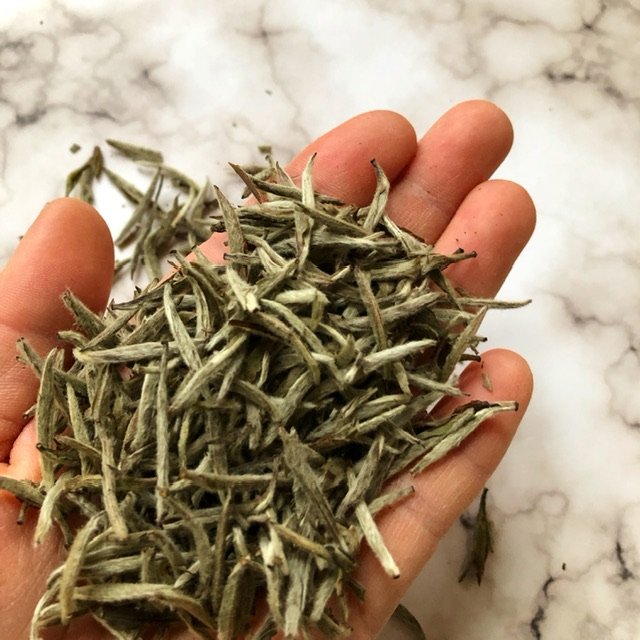What Really is White Tea
White tea is one of the most delicate and sought after teas in the world. It is made from the tips or the buds, and youngest leaves of the Camellia sinensis plant, and is a reflection of the traditional tea-making artistry of the Chinese. Unlike other teas, white tea is not broken down or rolled, but rather dried. This gives it a light yellow color and smooth taste, a hallmark of white tea.
White tea is renowned for its health benefits and its subtle taste. The leaves are first handpicked and then immediately dried to retain their natural flavors and characteristics. This is why white tea has such a low caffeine content and high levels of antioxidants. On top of that, white tea can also help improve circulation, protect against cardiovascular and cancer diseases, and increase the body's energy levels and metabolism.
Moreover, white tea contains an impressive array of polyphenols, which can help reduce inflammation and protect against skin damage from the sun. It is also thought to slow the aging process by inhibiting collagen breakdown in the skin. For all of these reasons, white tea has become a popular source of antioxidants and vitamins that can help keep us looking and feeling young.
Given its light and delicate flavor, white tea is ideal for brewing in a teapot and using for a variety of recipes or drinks. Iced white tea with some lemon can be a great summertime beverage, as well as a hot cup of white tea with something sweet such as honey or a splash of cream. In fact, white tea can even be used in a wide variety of cooking recipes, such as salad dressings, smoothies, and sauces, just to name a few.
All in all, white tea is a unique and flavorful beverage that is sure to please anyone lucky enough to indulge in it. Between its subtle flavor and abundance of health benefits, there's no wonder why white tea is becoming increasingly popular all over the world.

